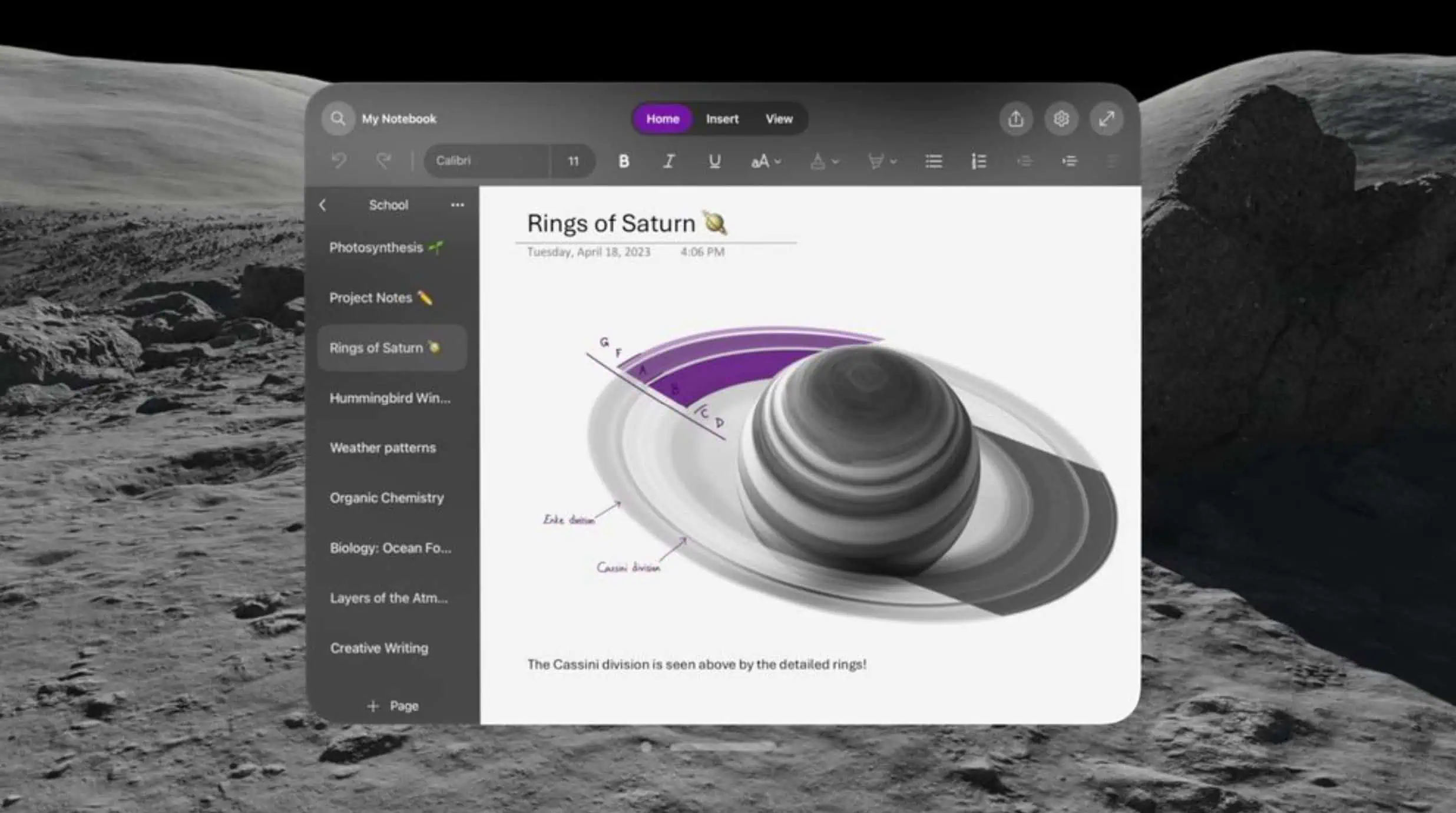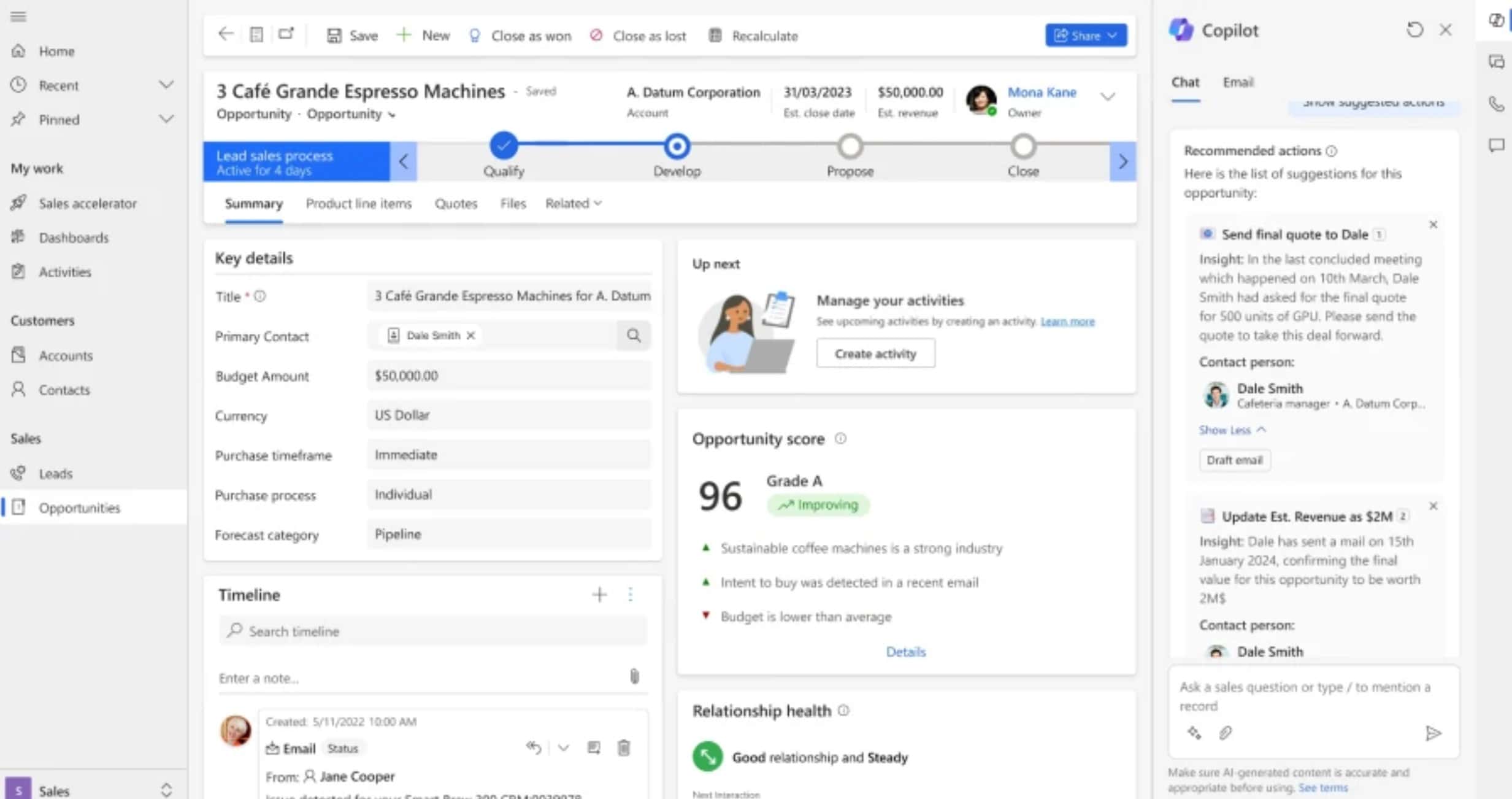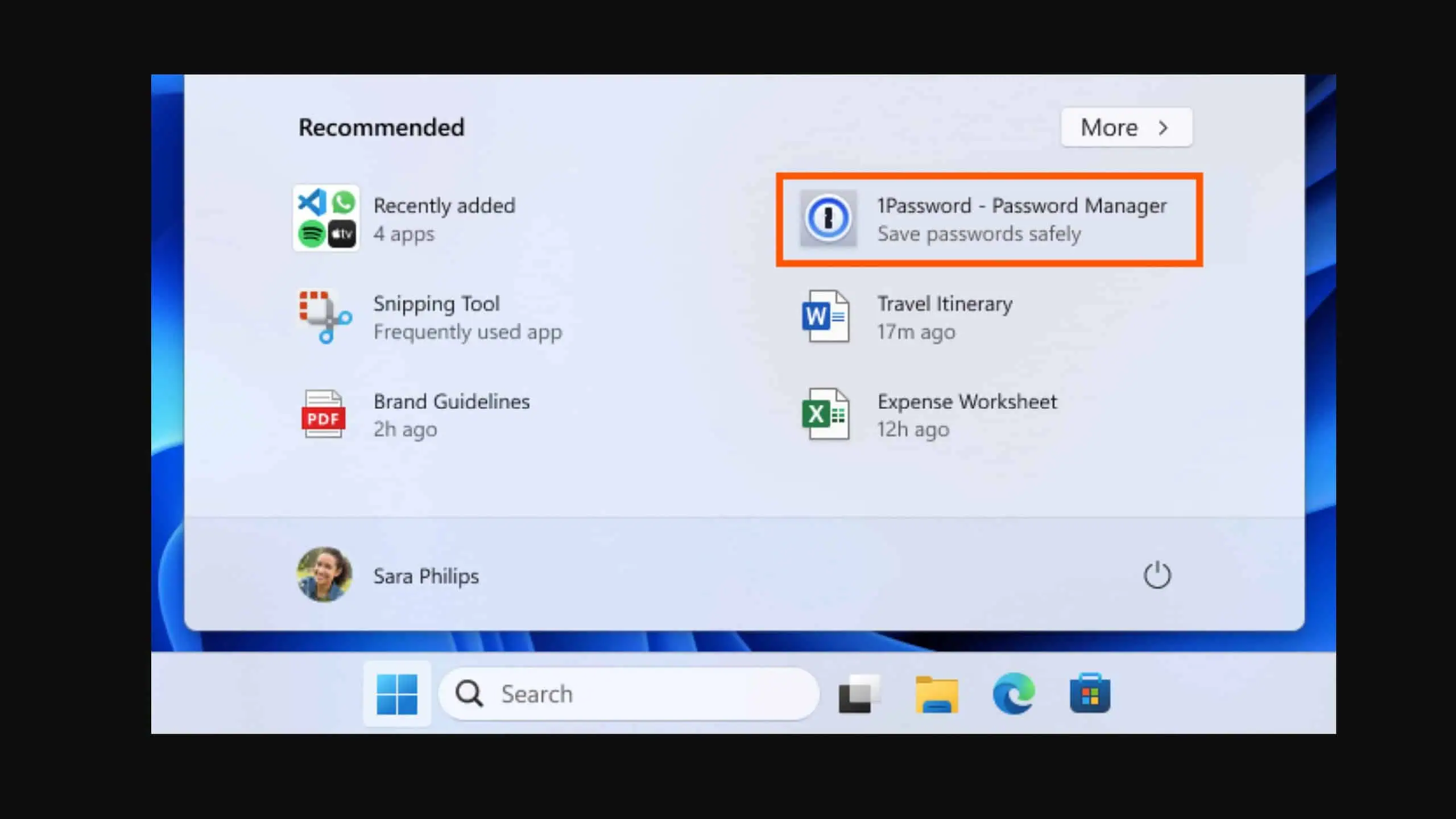Microsoft details Satin, a new AI powered audio codec that powers Teams
2 min. read
Published on
Read our disclosure page to find out how can you help MSPoweruser sustain the editorial team Read more

Skype invented the Silk audio codec and transformed the VoIP industry. Silk is an adaptive variable bitrate codec that can seamlessly switch from delivering narrowband (8 kHz) speech at ultra-low bandwidth of 6 kbps to offer a near-transparent quality speech at higher bit rates. After acquiring Skype, Microsoft started using Silk audio codec in its products. Silk was developed for the dial-up and broadband world. To provide great audio quality even under high packet loss, Microsoft developed a new audio codec, Satin, which offers great audio quality at a bitrate as low as 6kbps. Last year, Microsoft started using Satin in Microsoft Teams. Satin is now used for all Teams and Skype two-party calls. Microsoft will roll out Satin for Teams meetings soon.
Here’s why Satin audio codec is better:
- Satin is uniquely positioned to compensate for packet loss. Unlike most other voice codecs, Satin encodes each packet independently, so the effect of losing one packet does not affect the quality of subsequent packets. The codec is also designed to facilitate high quality packet loss concealment in an internal parametric domain. These features help Satin gracefully handle random losses where one or two packets are lost at a time.
- Another type of packet loss, which is even more detrimental to perceived quality, is where several packets are lost in a burst. Here, Satin’s ability to deliver great audio at a low rate of 6 kbps provides the flexibility to use some of the available bitrate for adding redundancy and forward error correction that helps us recover from burst packet loss.
Source: Microsoft








